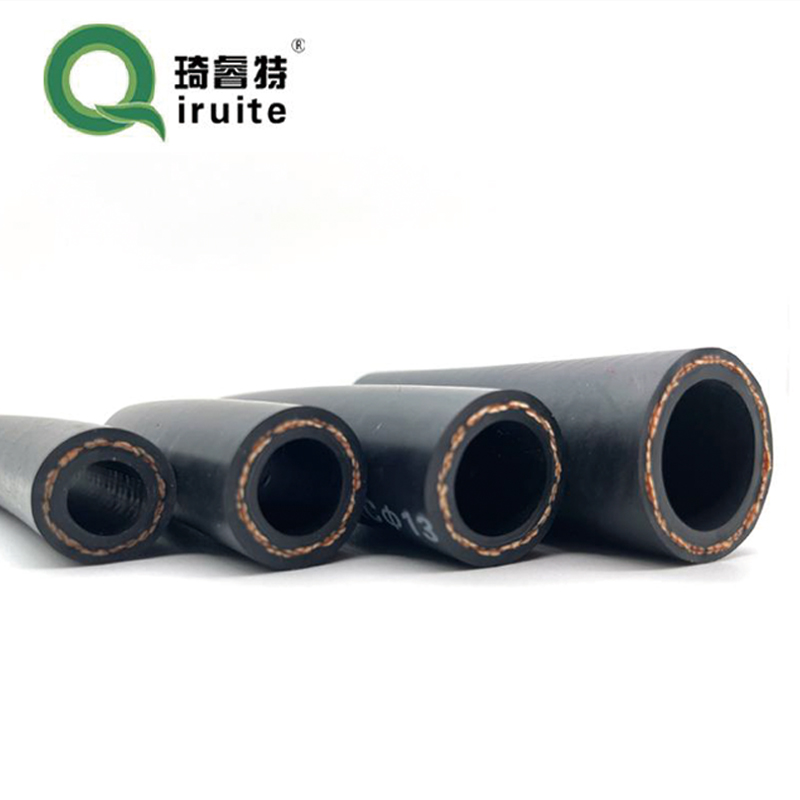Power Steering Hose Leak at Connection Point Troubleshooting and Repair Tips
Understanding Power Steering Hose Leaks at Fittings
Power steering is an essential component of modern vehicles, providing drivers with the necessary assistance to maneuver their cars with ease. However, like any other system in a vehicle, it can develop issues over time. One common problem that many car owners encounter is a leaking power steering hose, particularly at the fittings. This article explores the causes, symptoms, and solutions related to this particular issue.
Causes of Power Steering Hose Leaks
Power steering hoses are critical components that transfer hydraulic fluid from the pump to the steering gear. Over time, these hoses can develop leaks, especially at the fittings where they connect to other components. Several factors can contribute to this phenomenon
1. Wear and Tear Hoses are subject to wear and tear due to heat, pressure, and friction. As they age, the material can become brittle, leading to cracks or leaks at the joints.
2. Improper Installation If the hose fittings are not installed correctly, they may not create a proper seal, resulting in leaks. This is often the case if the hose has been replaced or if the system has been serviced.
3. Corrosion and Rust In some cases, the fittings themselves may corrode or rust, especially in regions where road salt is used in winter. Corroded fittings can compromise the integrity of the hose connection.
4. Excessive Pressure An overworked power steering pump can create excessive hydraulic pressure, straining the hoses and leading to leaks at the fittings.
5. Contaminants Dirt, debris, and old fluid can cause blockages or wear in the power steering system, putting additional stress on the hoses and their connections.
Symptoms of a Leaking Power Steering Hose
Recognizing the signs of a leaking power steering hose is crucial for timely intervention. Common symptoms include
power steering hose leaking at fitting

- Fluid Puddles Noticeable spots of reddish or clear fluid under the front of the vehicle, signaling a potential leak. - Whining Noise A high-pitched whining sound when turning the steering wheel can indicate low fluid levels due to a leak. - Stiff Steering Wheel Difficulty turning the steering wheel or the need for extra force can suggest a loss of power steering fluid, often from a leak. - Warning Lights Some vehicles have warning indicators that will light up if there is a drop in the power steering fluid level.
Diagnosing the Problem
If you suspect a leak in the power steering system, it is essential to act quickly. Start by inspecting the hoses and fittings visually. Look for signs of wear, cracks, or wet spots around the fittings. A flashlight can help you see any hidden leaks. If you cannot find the source, adding dye to the power steering fluid can assist in tracing leaks.
Solutions and Repairs
Addressing a leaking power steering hose can involve several steps
1. Tightening Fittings Sometimes, simply tightening the fittings can resolve the issue. However, be cautious not to overtighten, as this can lead to further damage.
2. Replacing Hoses If the hose is worn or damaged, replacement is often the best solution. Ensure that the new hose is compatible with your vehicle's specifications.
3. Inspecting System Pressure If excessive pressure is suspected, inspecting the power steering pump and related components may be necessary to ensure they are functioning properly.
4. Professional Help If you are unsure about diagnosing or repairing the issue yourself, it is always wise to consult a professional mechanic. They can provide a thorough inspection and recommend the best course of action.
Conclusion
Leakage from a power steering hose at the fittings is a common issue that can lead to bigger problems if left untreated. Understanding the causes, symptoms, and potential solutions can help vehicle owners take proactive steps to maintain their power steering systems. Regular maintenance and inspections can prevent leaks and ensure that your vehicle remains safe and enjoyable to drive.
-
Ultimate Spiral Protection for Hoses & CablesNewsJun.26,2025
-
The Ultimate Quick-Connect Solutions for Every NeedNewsJun.26,2025
-
SAE J1401 Brake Hose: Reliable Choice for Safe BrakingNewsJun.26,2025
-
Reliable J2064 A/C Hoses for Real-World Cooling NeedsNewsJun.26,2025
-
Heavy-Duty Sewer Jetting Hoses Built to LastNewsJun.26,2025
-
Fix Power Steering Tube Leaks Fast – Durable & Affordable SolutionNewsJun.26,2025

